#Gaston de la touche
Text
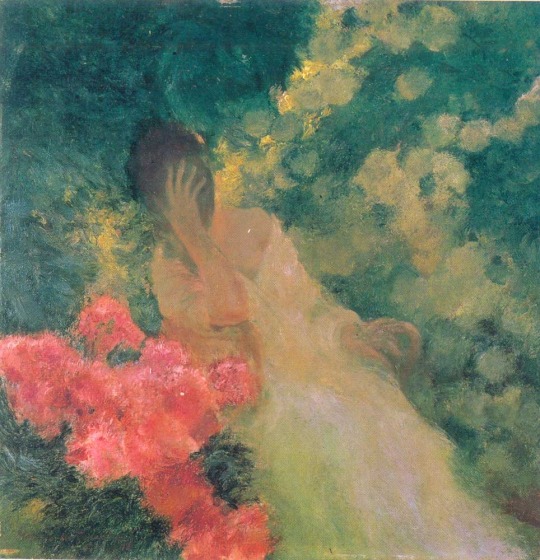
‘In the Garden’ by Gaston de La Touche (1854-1913)
#Gaston de la touche#vintage art#classic art#art#art history#old art#painting#art details#vintage#moody art
199 notes
·
View notes
Text
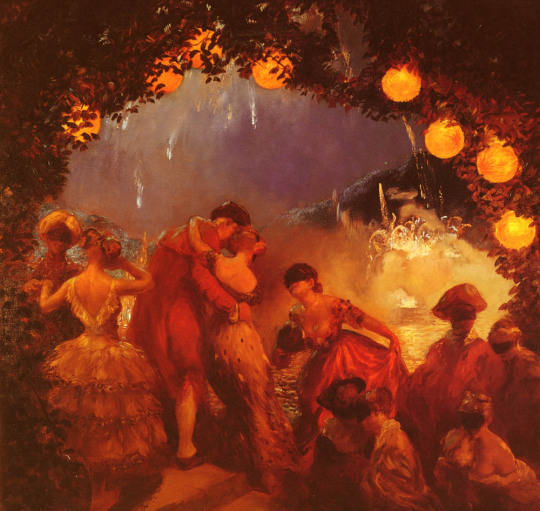
Gaston de La Touche (French, 1854-1913) - Nightly Intrigue
160 notes
·
View notes
Photo

Gaston de La Touche (1854-1913), La Tentation - 1897
168 notes
·
View notes
Text






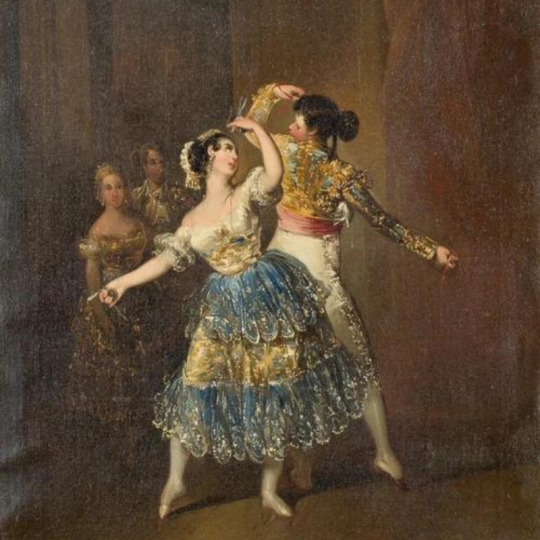





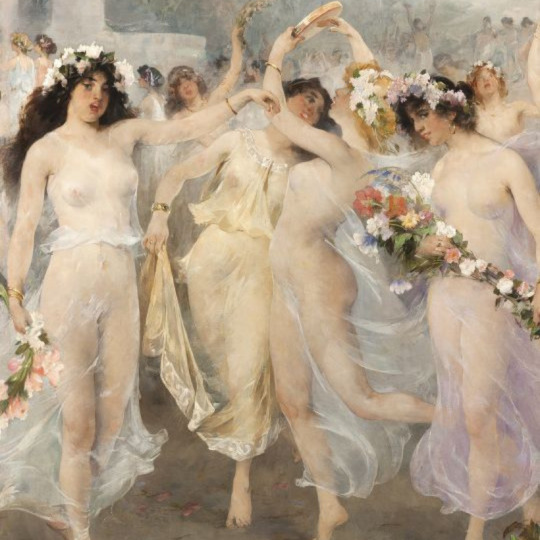
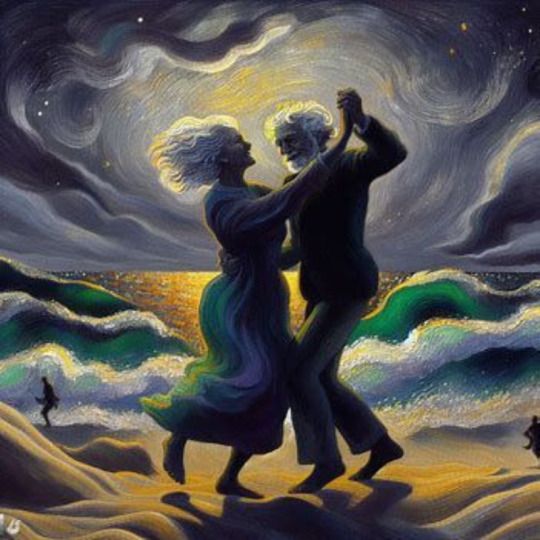
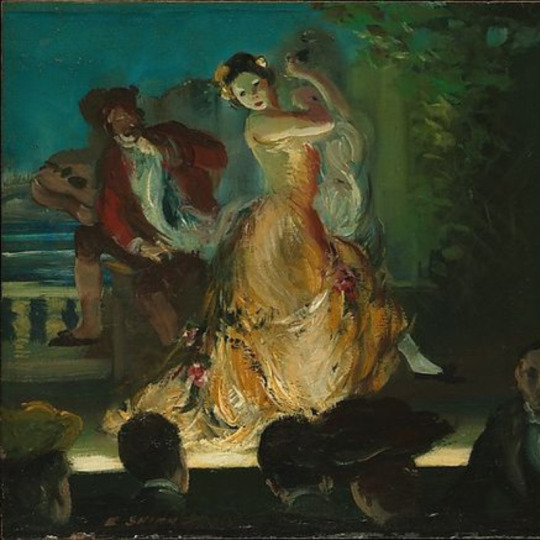
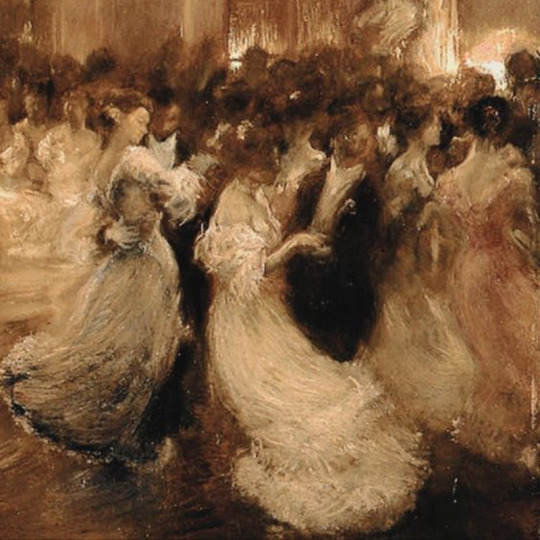

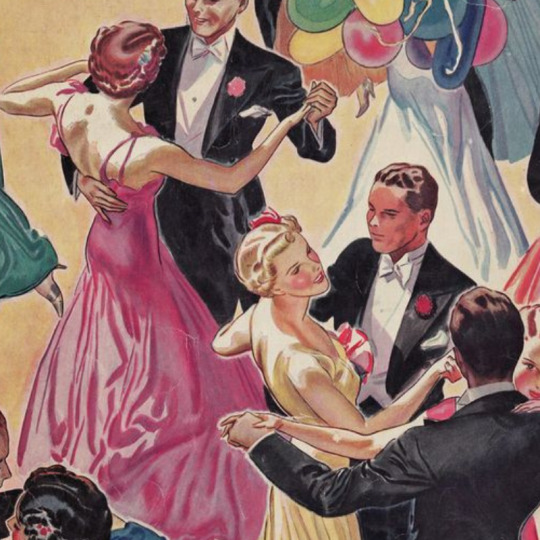


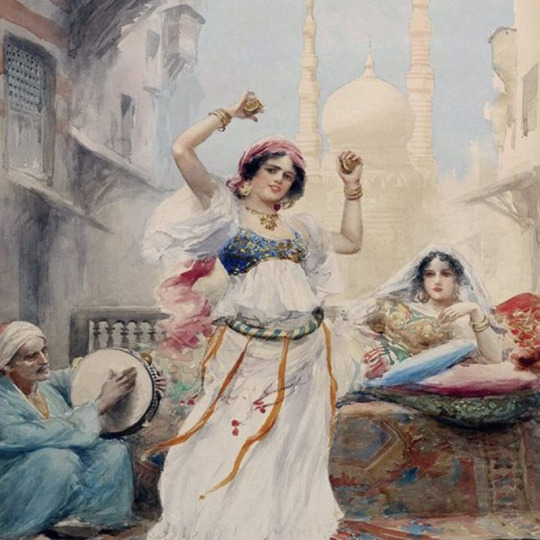
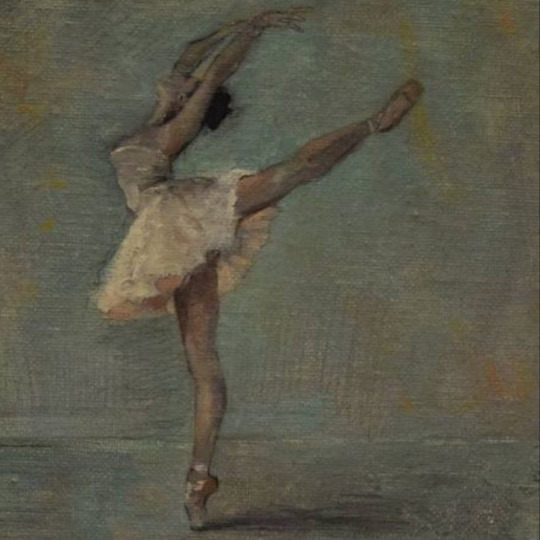








dancing + art
#artist is alice barber stephens#artist is joseph tomanek#artist is warren b davis#i yhink artist is johannes streider??#artist is hans zatzka#cant find artist#artist is manuel rodriguez de guzman#-cant find artist#--cant find artist#artist is fabio fabbi#artist is stephan sedlacek#artist is leon perrault#artist is hobbe smith#---cant find artist#artist is everett shinn#artist is gaston la touche i think?#artist is leopold franz kowalsky#-cant find artist-#artist is joseph marius jean#artist is nicolas lancert#artist is fabio fabbi-#artist is tammam azzam#artist is friedrich august von kaulbach#artist is william medcalf#artist is edgar degas green#--cant find artist--#artist is dominque louis papety#artist is guy gerard ngono#-----cant find artist#artist is haruyo morita
380 notes
·
View notes
Photo
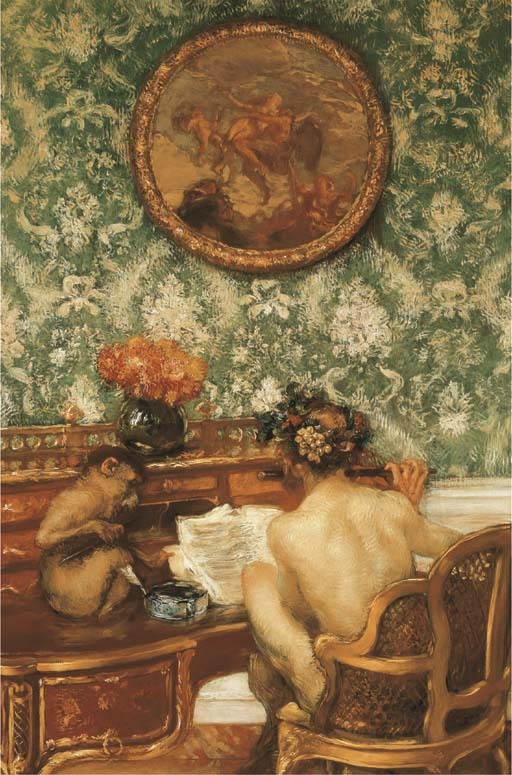
An Ancient Air by Gaston de Latouche (French, 1854--1913)
314 notes
·
View notes
Text
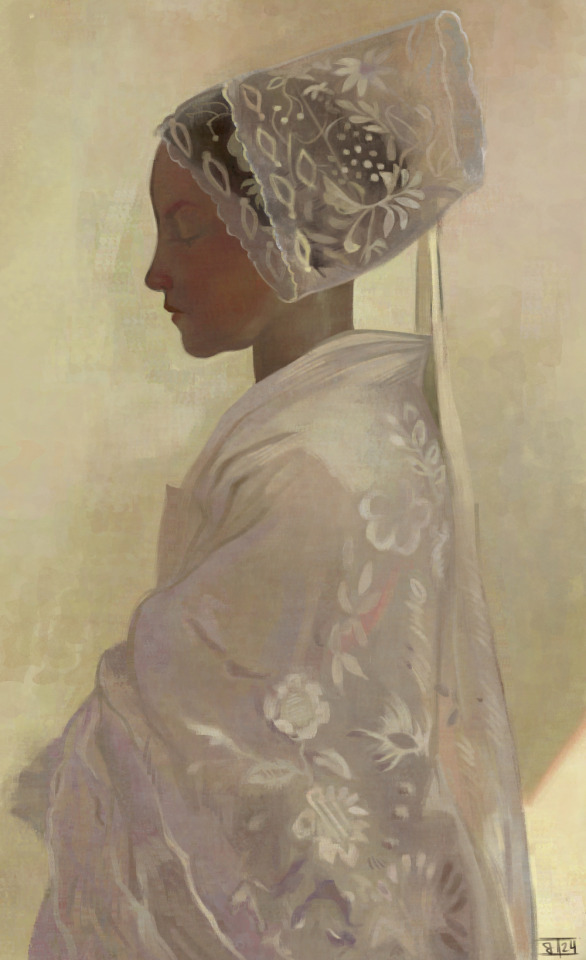
Decided to try and do a classical study to pull me out of art slump. Maiden in Contemplation by Gaston de La Touche. Original below. It was actually very soothing to do this. I feel like it would have been a good time to use the time lapse function in CSP but I completely forgot till I was almost done. :,) I will remember one of these days.

76 notes
·
View notes
Text
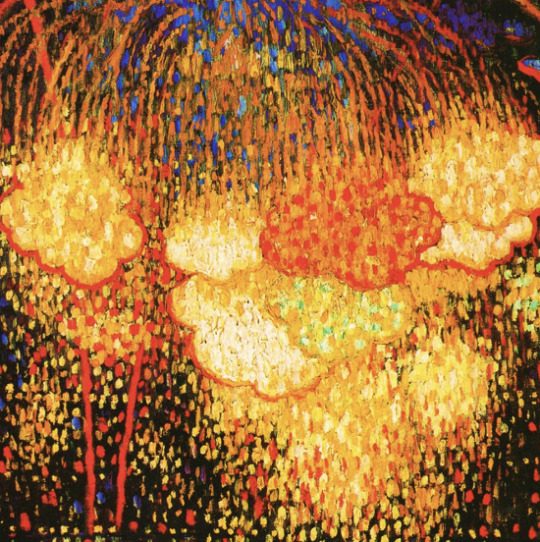
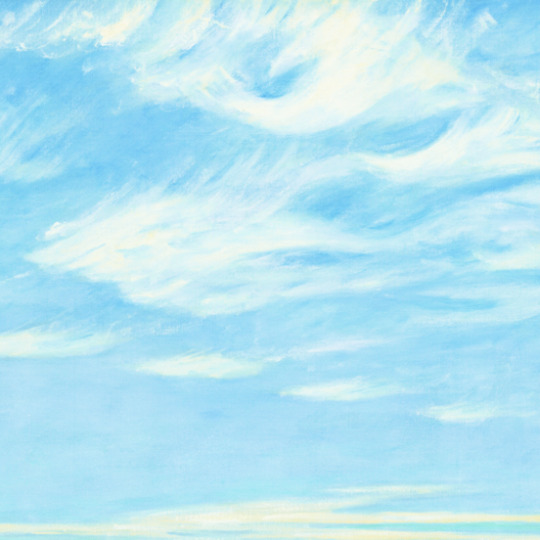



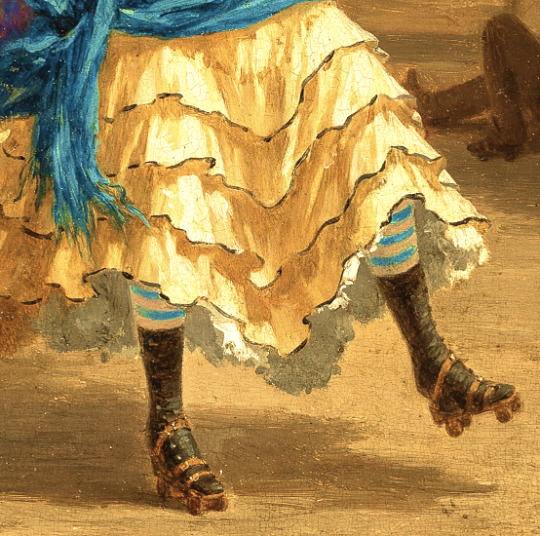

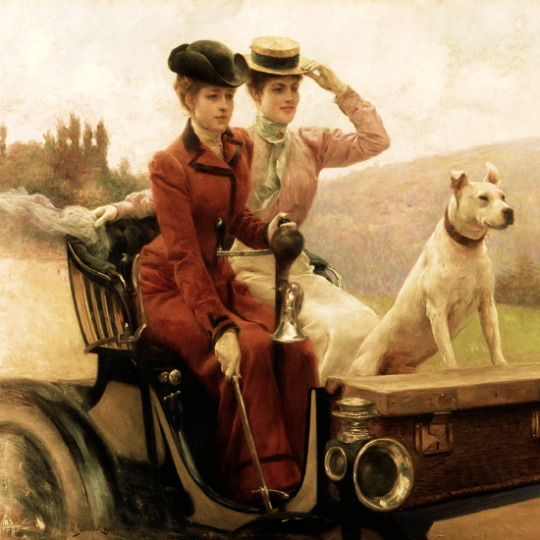

art history playlist moodboard – soundtrack for an indie coming of age movie
The Rocket – Edward Middleton Manigault // Ground Swell – Edward Hopper // Gas – Edward Hopper // Cycling in Vésinet – Léon Comerre // The DoshanTappeh Street – Kamal-ol-molk // Young Parisian Woman at the Roller-Skating Rink – Antony Paul Emile Morlon // Second Story Sunlight – Edward Hopper // The Goldsmith Ladies in the Bois de Boulogne in 1897 on a Peugeot Cart – Julius LeBlanc Stewart // Dinner at the Casino – Gaston La Touche
#art history playlist moodboards#charlotte's playlists#edward hopper#julius leblanc stewart#summer vibes#music#my music taste#music moodboard#art#art history
8 notes
·
View notes
Note
7 question ask: the Disney beast
Three facts about them from my personal headcanons.
He's either the younger brother or the nephew of the king of France. Therefore, he's not a crown prince and will never be king himself, but he will govern the region where he lives as soon as the spell breaks (which fittingly happens just as he comes of age).
His backstory from the 2017 live-action remake, with his beloved mother's death and his cruel father, doesn't apply to the 1991 animated Beast. The animated Prince Adam's parents both died when he was a baby, in either an epidemic or an accident, leaving the servants to raise him. Unfortunately, they always treated him as their master instead of a child, catering to his every whim yet maintaining a formal distance, and neither giving him the discipline nor the love he needed. This blend of spoiling and neglect is why he became so selfish and bad-tempered, much like Mary and Colin in The Secret Garden.
One detail from the 2017 remake that I like to think does apply to the animated version, though, is that the Enchantress's spell makes the outside world forget that Prince Adam ever existed. It's the perfect way to explain why Belle and her neighbors not only don't know about the Beast, but don't even know about the castle or the prince who lived there, even though he was cursed only ten years earlier.
A reason they suck:
His initial bad behavior.
A reason they are great:
His ultimate selflessness when he lets Belle go, even though (he thinks) it means he'll never be human again, and his mercy when he spares Gaston's life despite having nearly been killed by him.
A reason I relate to them:
I sometimes feel like a wild, messy misfit who struggles with self-control.
(what I consider to be) the top tier otp/ot3 for that character:
He belongs with Belle, no question.
Five things that never happened to the character that I believe should have happened:
There should have been a line or two clarifying that the biggest reason why he finally learns to control his temper after the wolf attack isn't "Belle ran away from him," but "Belle was almost killed by wolves because of him." Learning to be a better person so as not to hurt others, even indirectly, is a better reason, IMHO, than doing it so they won't abandon you.
He should have been shown practicing a method to control his temper. Visualization, a calming mantra, leaving the room, etc. Just showing him grit his teeth instead of roaring the second time Belle touches the hot cloth to his wound doesn't satisfy me: that's suppression, which isn't a long-term solution.
In the brief dinner scene before the ballroom dance, I would have liked it if he and Belle had still sipped their soup from the bowls, the way they did their porridge earlier. I know the fact that he's learned to use a spoon is supposed to show his progress toward humanity, but the earlier breakfast scene is so beautiful, a part of me wishes their compromise hadn't been just temporary.
He should have apologized to the servants for sacrificing their last chance to be human again as well as his own by letting Belle go, as he does in the 2017 remake.
While it's not really necessary, it would have been nice to see him meet Maurice again, apologize for the way their first meeting went, and win him over as a potential son-in-law.
Five people that character never fell in love with and why.
Mrs. Potts. She's too old for him and the closest thing to a mother figure he has.
Fifi/Babette. She's too flirty; he prefers more intellectual woman.
Mme. Armoire/de la Grande Bouche. She's also too old for him, and too flamboyant.
Gaston. Even if he were attracted to men, he wouldn't fall for his would-be murderer.
Any of the Bimbettes. He never even meets them.
21 notes
·
View notes
Photo

Gaston La Touche (1854-1913, French) ~ Tenue de soirée, n/d
[Source: MutualArt]
20 notes
·
View notes
Photo

Gaston de La Touche, 1854-1913, A Maiden in Contemplation
4 notes
·
View notes
Text

Gaston La Touche (French, 1854–1913) - Le voyage des noces
228 notes
·
View notes
Photo

Gaston de La Touche, la cathédrale de Chartres, 1899
4 notes
·
View notes
Text
Título: El primogénito
1887
Artista: Gastón La Touche (Francia, 29 de octubre de 1854-12 de julio de 1913)
Detalles
Fecha: 1887
Materiales usados: óleo sobre lienzo
Dimensiones: camilla de 144,8 x 144,8 cm; Marco de 167,5 x 167,5 x 7,5 cm.
Fecha de firma: Firmado y fechado en la izquierda [en la caja], pintura marrón "MP Gaston La Touche/ 1887".
Crédito: Comprado en 1888
Información e imagen de la web de la Art Gallery NSW.

0 notes
Text
Happy #Whumptober everyone! All Vows in October will include multiple Whumptober prompts. I am about to spoil the heck out of this chapter so read below for the cut line for my commentary on this week's chapter. CW: Undiagnosed Mental Illness; Conflict with a Parent
Erik finds his mother.
We know very little of his mother in the book or the musical: just that she threw a mask at him, would hardly touch him, and (in the book) that he has her furniture (how random is that?)
I wanted to show where a lot of Erik's inner turmoil comes from, and of course, as for most of is, it comes from our parents or caregivers. I do not name the condition that his mother has--it did have a name at the time and I will outright tell you later in the story. However, some of you may be able to pick it out--I wanted to show what it might be like as a child who never knows when the other shoe is going to drop.
My inspiration came from one of my own caregivers, who didn't get diagnosed with a very treatable mental health condition until long after I had moved out of the house, and it contributed to being in a very chaotic environment, not knowing if I was going to be praised or criticizing for existing or just doing kid things.
I also wanted to show some tenderness--which is why Erik sings her the most popular French lullaby ever (A La Claire Fontaine), which has a meaning that was too perfect not to include.
#whumptober 2023#no1#no2#no3#no20#phanfic#fanfiction#ao3#phantom of the opera#erik poto#found family#delirium#parental issues#all vows#longfic
1 note
·
View note
Text

Frank Villard and Danièle Delorme in Gigi (Jacqueline Audry, 1949)
Cast: Danièle Delorme, Yvonne de Bray, Gaby Morlay, Jean Tissier, Frank Villard, Paul Demange, Madeleine Rousset, Pierre Juvenet, Michel Flamme, Colette Georges, Yolande Laffon, Hélène Pépée. Screenplay: Pierre Laroche, based on a novel by Colette. Cinematography: Gérard Perrin. Set decoration: Raymond Druart. Film editing: Nathalie Petit-Roux. Music: Marcel Landowski.
The print I saw of Jacqueline Audry’s Gigi was not very good, the images having shifted into high contrast with little variation in the grays, so that the subtitles were often an unreadable white on white. But anyone familiar with either the Colette novella or the 1958 Lerner and Loewe musical version directed by Vincente Minnelli would have little trouble following the story. It’s a movie that retains much of the charm and a little of the bite of the original, and Danièle Delorme is a fetching Gigi, the girl raised to be a grande horizontale who wins the heart and hand of the wealthy Gaston Lachaille (Frank Villard). Delorme and Villard don’t erase memories of Leslie Caron and Louis Jourdan in the musical, but they have their own contributions to make, especially Villard, who is particularly strong in the scenes in which Gaston comes to realize the true nature of his feelings for Gigi. You sense his rising queasiness when she accepts his proposal to become his mistress, especially in the scene in the private room at the restaurant where they are about to consummate their relationship. When she naively asks why the couches in the room have slipcovers and when she chooses his cigar by rolling it between her fingers as she has been taught, the full obscenity of the situation becomes apparent to him. It has been apparent to us from the moment at the beginning of the film when we meet his uncle, Honoré, whom Jean Tissier plays as far more a dirty old man than the elegant Maurice Chevalier did in the musical. Which is not to say that the movie’s moral stance is heavy-handed: Director Audry has a very light touch, the product of a close collaboration with Colette. There are some wonderful period touches throughout the film, including Gaston’s automobile, Aunt Alicia’s (Gaby Morlay) telephone, and the bathing machine that is pulled by a mule into the waves at Deauville. The movie also reminded me that Gigi is a nickname for Gilberte, which is also the name of Swann’s daughter and the narrator’s first infatuation in Proust's À la recherche du temps perdu. There’s also a scene in which Gigi plays hide-and-seek with other schoolgirls in the park, that echoes for me Albertine and her little band of girls in À l'ombre des jeunes filles en fleurs. Proust was only two years older than Colette, and the Recherche and Gigi very much share the same milieu.
0 notes
